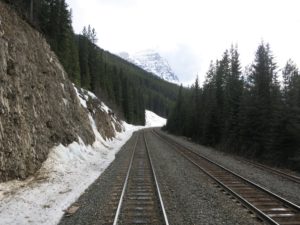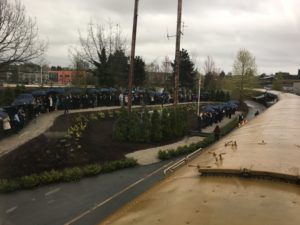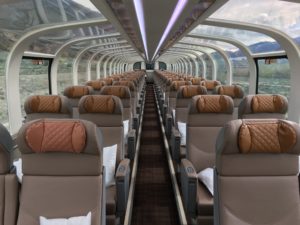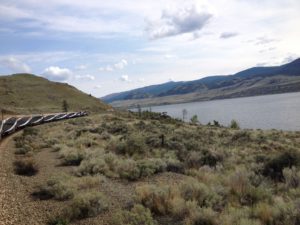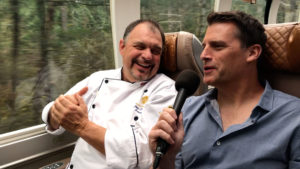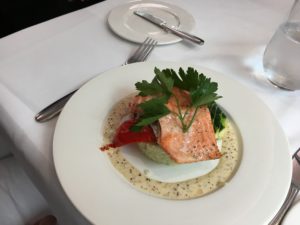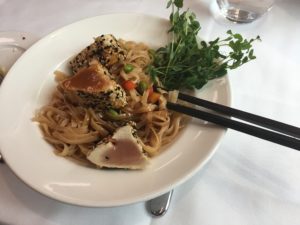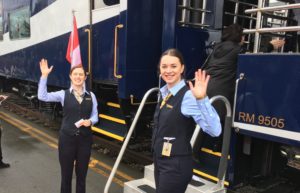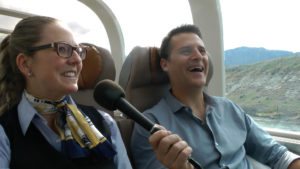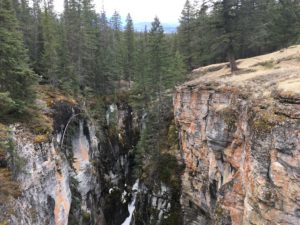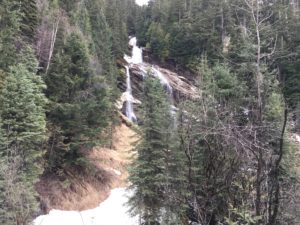Travel Tales Podcast
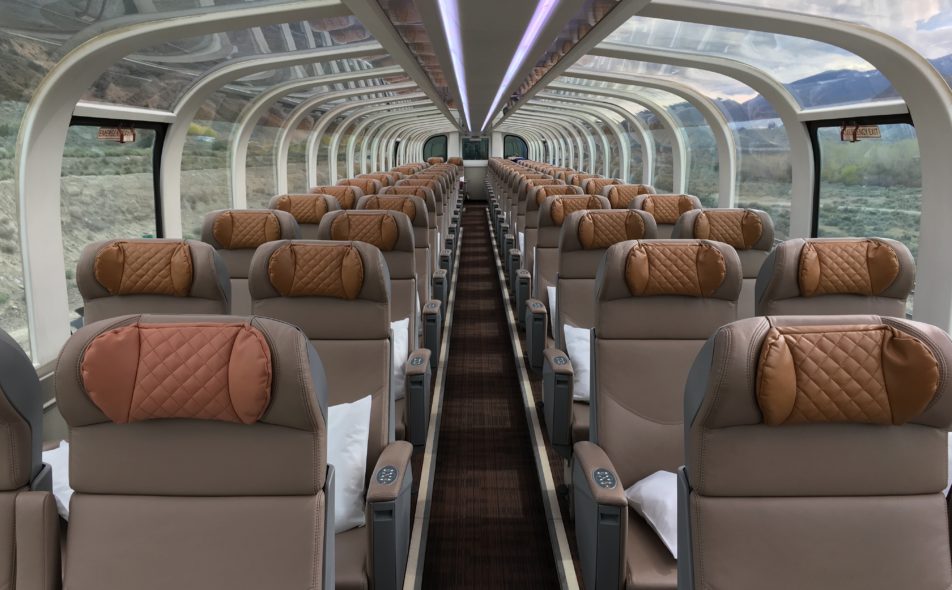
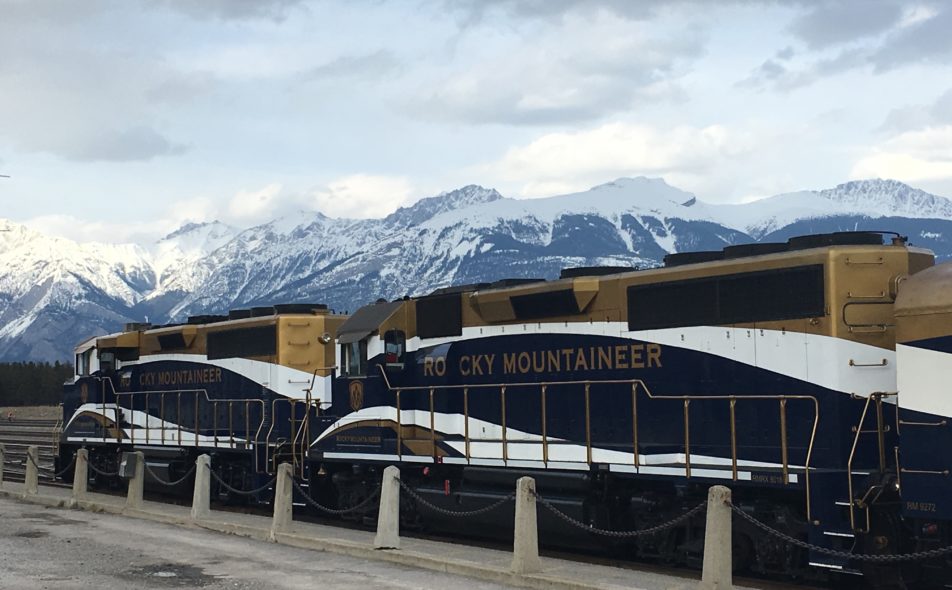
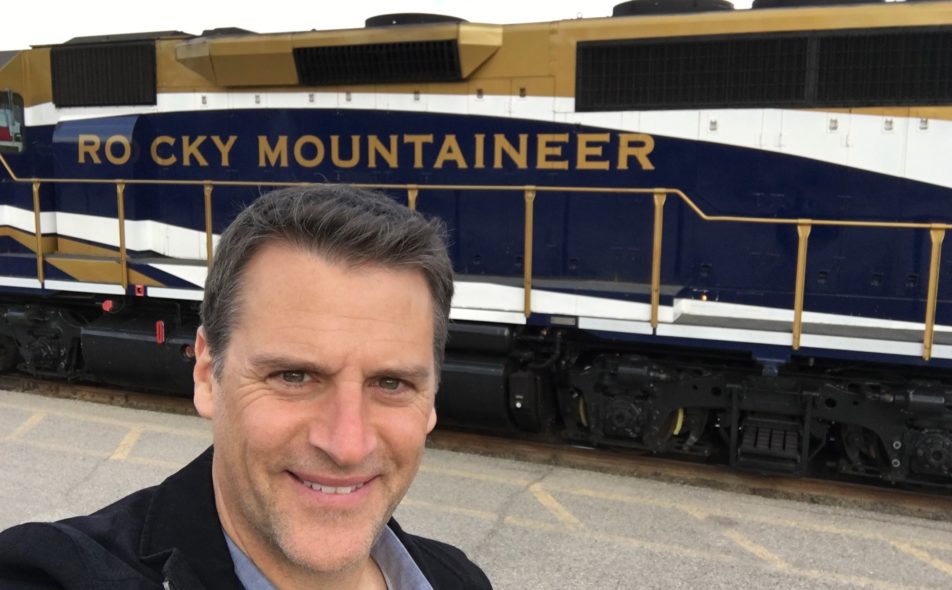
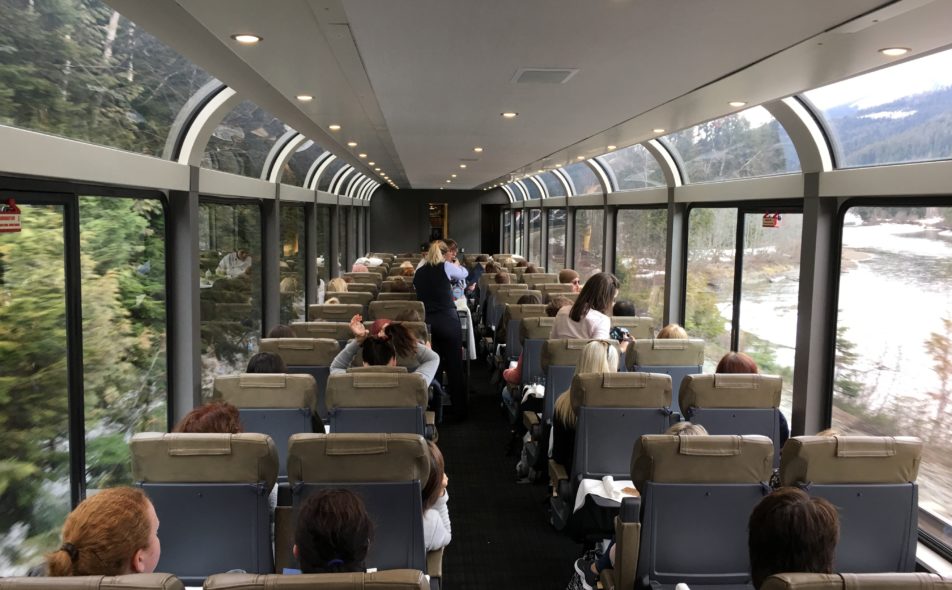
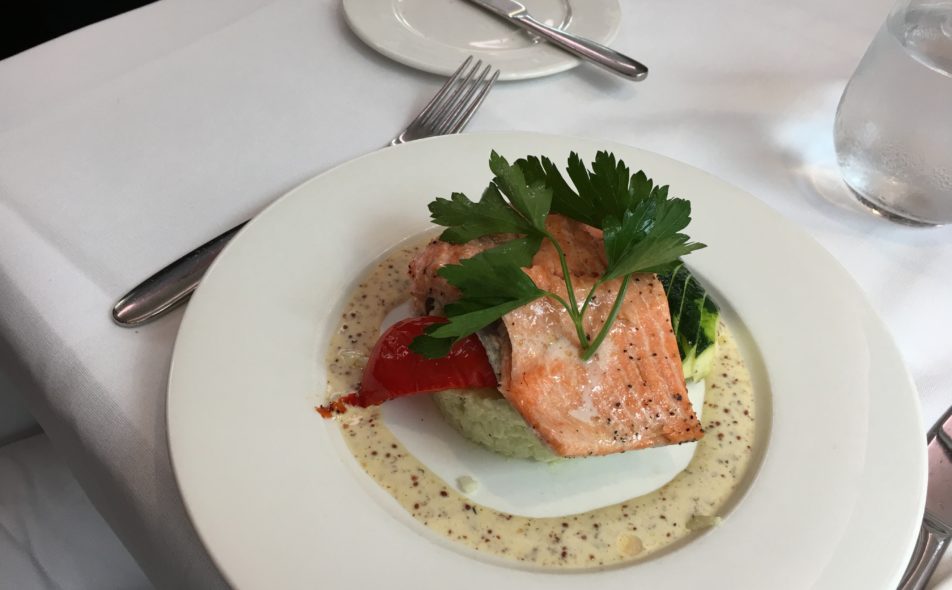
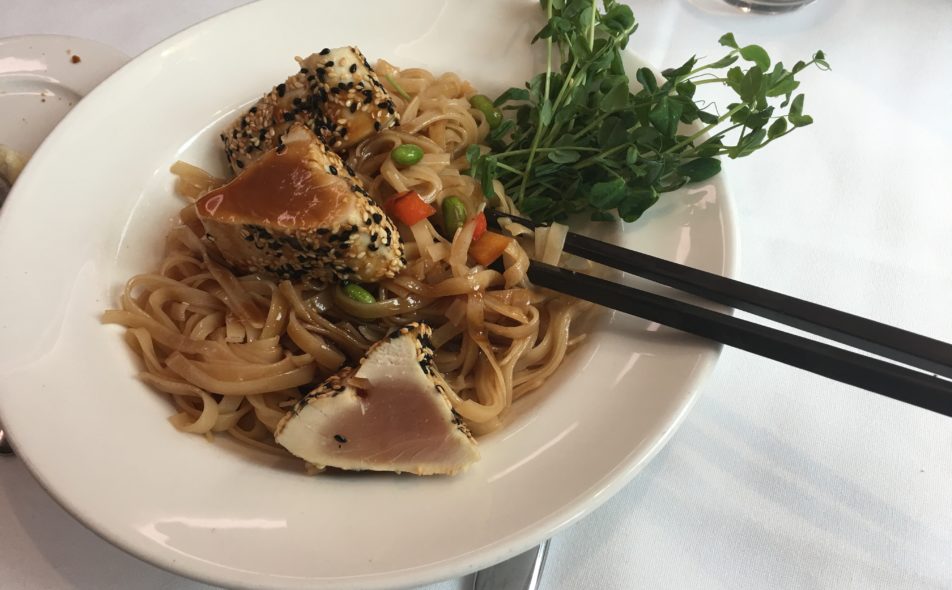


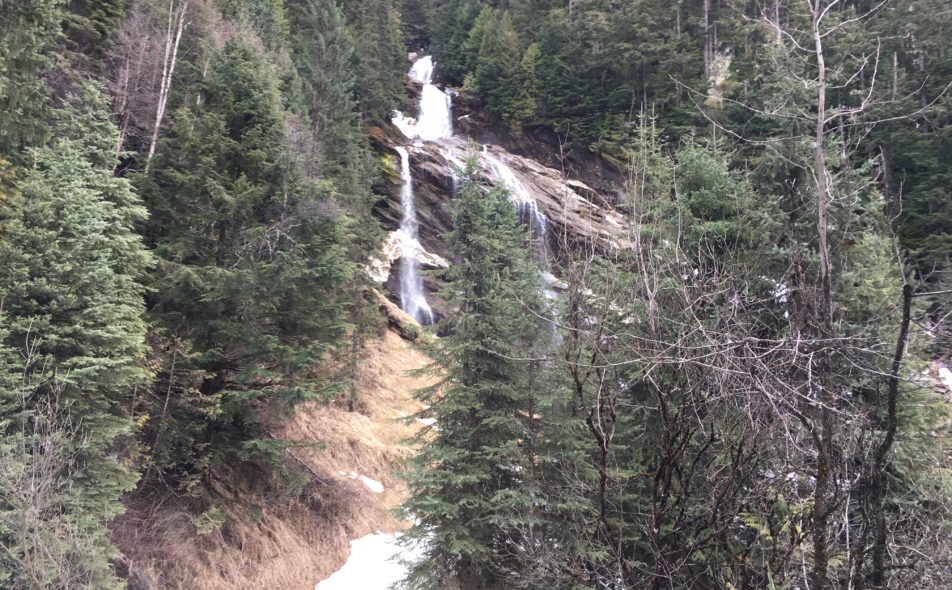
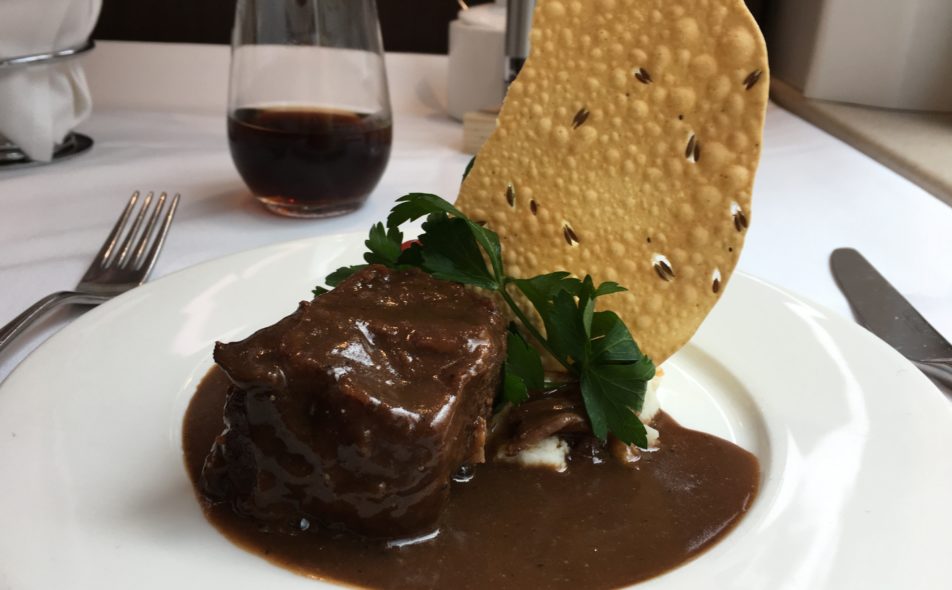
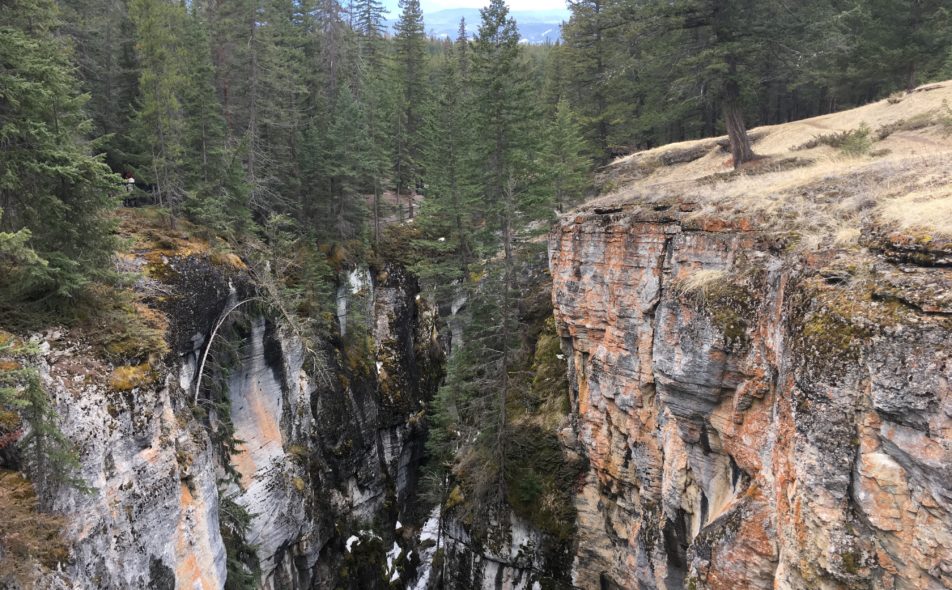
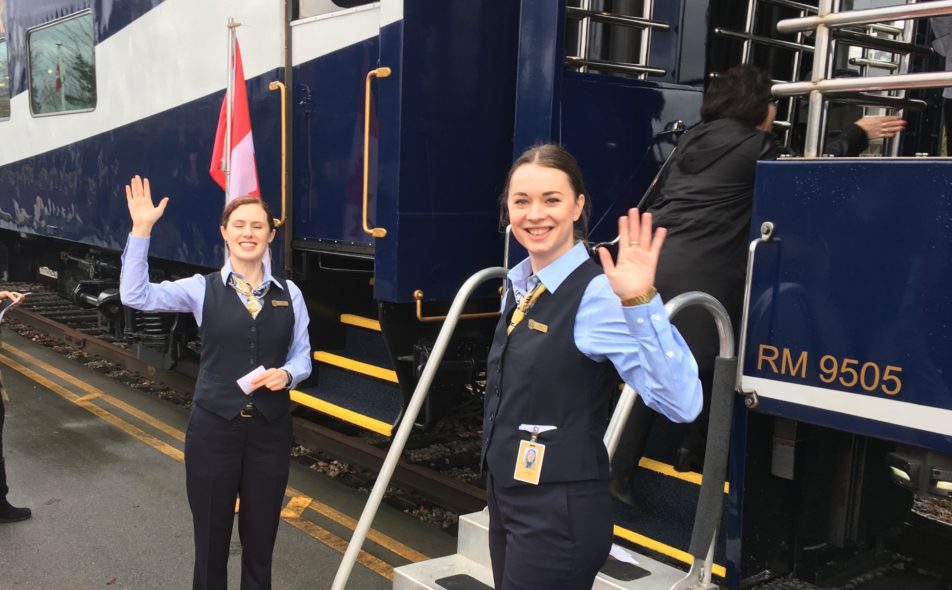
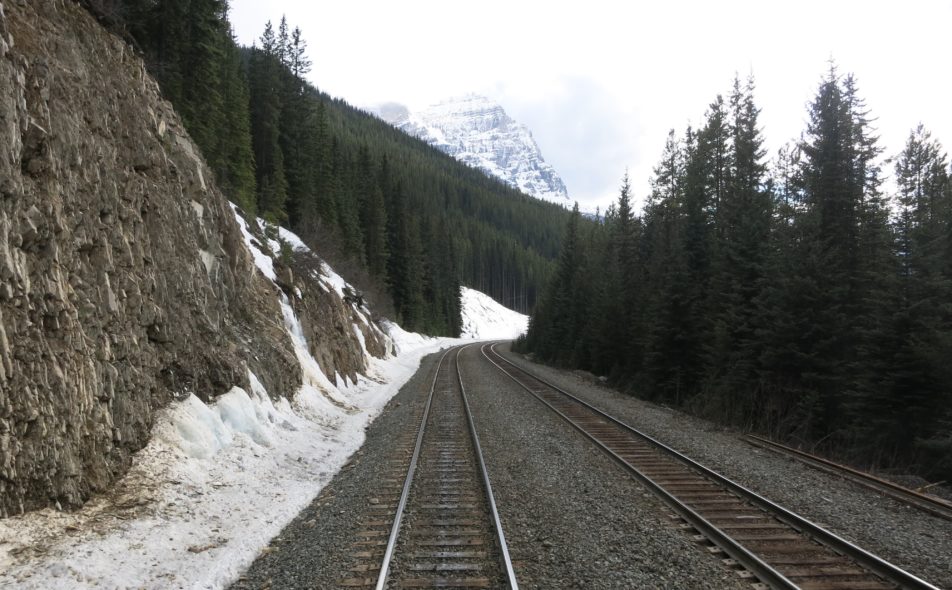
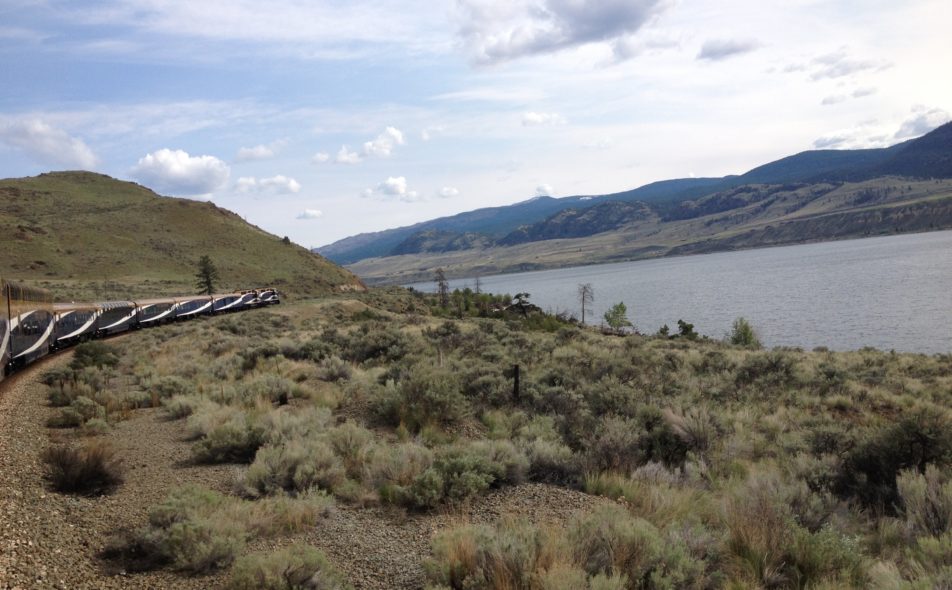
There’s just something about luxury train travel that seems timeless.
Whether it’s the Orient Express, Trans-Siberian Railway, or seemingly every other James Bond film – traveling through exotic locations by rail conjures up a romanticism that can’t be replicated by any other mode of transportation.
Back in 2015, I was lucky enough to be invited to Vancouver, Canada, along with dozens of other travel journalists/bloggers to commemorate Rocky Mountaineer’s 25th anniversary (I’ve been told by the higher-ups at the company it’s just “Rocky Mountaineer,” without “The” in front of it. Believe me, that’s not an easy rule to adhere to in print or especially while speaking, but I’ll try.)
Cut to 2017, and yours truly got the offer along with a handful of other travel influencers to be brand ambassadors for Rocky Mountaineer. So it was all-aboard in Vancouver again in mid-April, as we kicked off another summer train season.
This year’s itinerary was slightly different than the First Passage to the West route we took in 2015. While the first day would be the same – Vancouver to the overnight stop in Kamloops, B.C. – instead of going to Banff, Alberta on the second day, we headed north to Jasper, Alberta on the Journey Through The Clouds route.
While I packed my standard cameras and podcast recording equipment for the trip, I also brought along my longtime friend and former Brooklyn roommate, comedian Rob Paravonian, to shoot extra video footage of my time on the train. Rob shot and edited some great stuff, and you can see our videos all summer long on-line, mostly through our Travel Tales Instagram, Facebook and Twitter pages. (To check out Rob’s videos, go to his website at RobPRocks.com)
I recorded enough interviews on the train for two separate podcasts. The first one is a companion piece to this article featuring interviews with three Rocky Mountaineer employees. The second one? Well, you’ll just have to wait for later in the summer for that one!
The first interview is with Heather Glasgow, Training and Development Specialist for Rocky Mountaineer. Heather was a great source for not only the history of the train, but for giving an all-around look at what people are looking for when they sign on the dotted line.
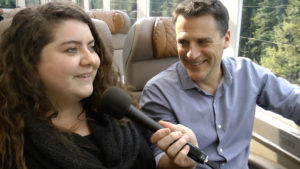
“It’s a life-changing experience,” Heather said.
According to Heather, planning a Rocky Mountaineer trip comes down to four main points:
- When do you want to go? (Spring, Summer, Autumn)
- How do you want to go? (GoldLeaf Service, SilverLeaf Service)
- Where do you want to go? (which destinations/routes)
- How can Rocky Mountaineer customize all the above? (How long do you want to stay in each place? Do you need help with transportation, hotels, etc.)
Interestingly, she added that up to 40% of GoldLeaf Service passengers tie in a Rocky Mountaineer trip with an Alaska cruise. As someone who just spent a good chunk of the summer in Alaska performing comedy on Holland America cruise ships, I saw quite a few passengers fresh from a Rocky Mountaineer journey wearing souvenir shirts and jackets.
I then put Heather on the hot seat and asked her just what this once-in-a-lifetime experience costs. Naturally, it all depends on the class of service and add-ons like airport transportation, hotels, etc., so I asked her just to give a ballpark, low-end figure. She said that a two-day, SilverLeaf Service trip from Vancouver to Banff would cost around US$1,800 ($2,300 Canadian) per person. In GoldLeaf Service, expect to pay roughly US$2,000-$2,200 ($2,500- $2,800 CAD ) per person. She also added that around 70% of passengers opt for GoldLeaf Service.
The main differences between the two classes of service are the coaches.
GoldLeaf Service features double-decker coaches with glass-dome windows and a lower-level dining room. GoldLeaf Service also features a more extensive food menu, premium wines and liquors (did I mention the open bar on the train?) and more luxurious seats with lumbar controls and even seat warmers.
That’s not to say the SilverLeaf Service is a cattle car – far from it. The open bar still applies, and guests are served in their seats rather than a separate dining room. Although there are no glass-dome windows, the single-level coaches have massive windows and high ceilings, providing terrific views from every seat.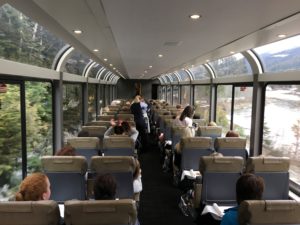
“What really surprises and delights (the guests) is the service that we roll out on board,” said Heather, “and the people they meet as well.”
Heather was also a great resource as a Rocky Mountaineer historian. She explained that the company was founded in 1990 by a Canadian named Peter Armstrong, who had a dream of a daytime sightseeing rail trip through the Canadian Rockies. He purchased a few old rail cars, and off he went.
Today, Rocky Mountaineer is the largest privately-owned passenger rail service in North America, welcoming up to ninety thousand passengers a year.
“We are getting quite large,” said Heather. “Rocky Mountaineer is telescopically growing.”
She’s not kidding. Rocky Mountaineer recently added the Coastal Passage Route, running trains between Seattle and Vancouver, and Heather foresees a possible future of routes running further south into Oregon and beyond.
“The one thing we can say confidently is that we’ll continue to expand- that we’ll continue to surprise and delight.”
Speaking of surprises, one of the nicest surprises I got riding Rocky Mountaineer was the quality of food on board. My experience with train fare before RM consisted of a bento box lunch on a bullet train in Japan, and plastic-wrapped barely-edibles from an Amtrak dining car. Oh, sure, there was that overnight train in India, but best not to discuss that nightmare in polite company.
To get to the meat of the matter, so to speak, I sat down with the longtime Executive Chef of Rocky Mountaineer, delightful Frenchman Jean-Pierre Guerin, whom everyone simply refers to as J.P. I asked J.P. why a classically-trained French chef like himself would want to work on the rails.
“It’s an exceptional train,” said the Chef. “It’s not just any train- it’s Rocky Mountaineer. It’s probably the most luxurious, nicest train on the planet,” adding, “We offer a spectacular landscape experience, so we also have to offer a spectacular culinary experience.”
J.P. went on to explain that a key component to maintaining high standards is their emphasis on locally-sourced ingredients.
“We have a mandate here on Rocky Mountaineer,” he said, “and it is to source, as much as possible, all of our supplies from Western Canada.”
But even the bounty of Canada has its limits. “The only thing I haven’t found a good supplier for yet is pineapple, said Chef J.P. “It’s been very hard finding pineapple suppliers in British Columbia!”
Fittingly, the most popular dish on Rocky Mountaineer is a staple of the Pacific Northwest diet – salmon. “It’s probably the most versatile piece of seafood there is,” said J.P. “You can do so much with salmon. You can cook it a billion different ways. It’s also good for you!”
While the region is rightfully known for its seafood, Rocky Mountaineer also features various wines from British Columbia, mainly from the Okanagan Valley, a region that not only produces wine grapes but also apricots, peaches and other fruits that are served on board.
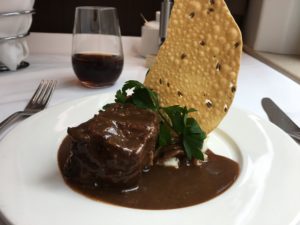
And for those passengers who may be vegetarian, gluten-intolerant, or have any other food requests, Chef J.P. says no problem: “Anybody who comes on Rocky Mountaineer that has any type of dietary requirement, we will fulfill that.”
In other words, passengers on Rocky Mountaineer are not just going to eat – they are going to eat well.
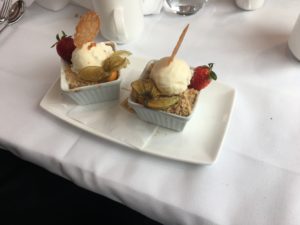
“Maybe you should go on a diet the week before boarding the train, because we are going to feed you.” said J.P. “We are going to feed you well. We pride ourselves on what we do, and believe me, our guests do not go hungry.”
“The majority of our guests actually rave about what we serve them, which is very rewarding for me as the chef.”
Indeed, spectacular scenery and great food and drinks are key ingredients for a positive travel experience, but service eventually comes down to people. And while Canadians in general are known for their friendliness, the onboard hosts on Rocky Mountaineer take service to another level.
Not only do these fresh-faced staffers (nearly all seem to be 20-somethings) serve food and drinks throughout the journey, they also act as tour guides, answering questions and giving facts and history about the region and the particular sights on view.
One of these hosts was an engaging young lady with a unique name. Terrea, 29, is in her second season working for RM, a refugee from her former life in the finance industry. She found that working on the train gave her a lifestyle that better fit her love of travel.
“I’ve always been a backpacker,” Terrea said. “I’ve always traveled the world since the age of eighteen. For me to have a job where I have the flexibility to have five-and-a-half months off in a year is unreal.”
When last year’s Rocky Mountaineer season ended in mid-October, Terrea traveled to Southern Africa, the UK, Russia, China, and Mongolia. She even found herself riding another famous train, the Trans-Siberian Express, and found it, well, a bit less comfy than Rocky Mountaineer, to say the least.
“It’s so different,” she said of the six-day journey across Russia. “You sleep on it, nobody speaks English, and the dining car is not nearly as superb as our food that we get here. I’m biased, but I think Rocky Mountaineer is better!”
It’s also a different clientele than the Trans-Siberian. I asked Terrea who the typical passenger was on Rocky Mountaineer.
“I’d say the median age is 62 to 65,” she said. “We’re able to serve people who are unable to go on long walks or explore cities. They’re able to relax and be served five-star service here.”
“In two days you get to see half of British Columbia and a portion of Alberta.”
While Terrea admitted working throughout the day doesn’t give her a full chance to fully take in the natural surroundings, that doesn’t mean she doesn’t know the routes like the back of her hand. In fact, all hosts are required to train not only in facts, but in weaving a good tale as well.
“You learn how to storytell,” she said. “You learn small snippets of facts, and then from there you’re able to make your stories, and you’re encouraged to make them your own.”
Finally, I asked Terrea why Rocky Mountaineer is such a unique experience worth having.
“It’s the Canadian Rockies,” she said. “You can’t do it by car. I mean, you can see some of the things, but most of things -like on our way to Jasper we see Pyramid Falls – you can only see by this train. There are so many things like that you can only do on the Rocky Mountaineer. Therefore, you just gotta do it. It’s once-in-a-lifetime, right?”
For all info on Rocky Mountaineer, go their website at RockyMountaineer.com.
- Companion podcast to this article
- RockyMountaineer.com
- Rocky Mountaineer Twitter
- Rocky Mountaineer Instagram
- Rocky Mountaineer Facebook page
- 2015 Rocky Mountaineer article here.
- Rob Paravonian site -RobPRocks.com






